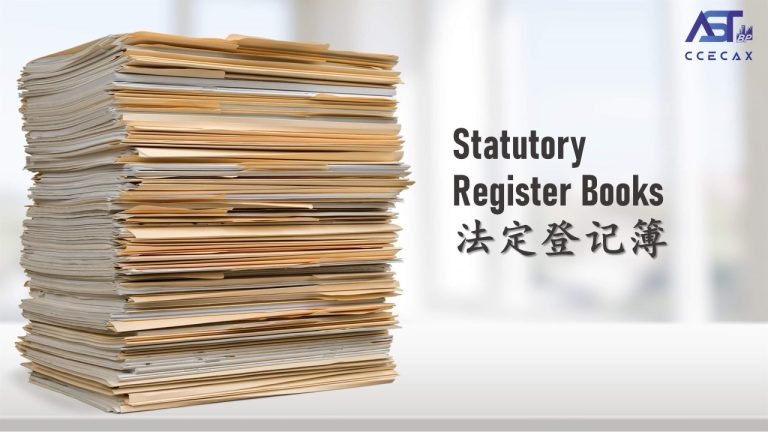Meaning of Strike Off
In Malaysia, Strike Off refers to the process of removing a company’s name from the Companies Register, which effectively dissolves the company and terminates its legal existence. This process is also known as deregistration.
The strike off process involves several steps, including a public notice of the intention to strike off the company, a waiting period for objections, and the final removal of the company’s name from the Suruhanjaya Syarikat Malaysia (SSM). Once the company has been struck off, it is no longer considered a legal entity and its assets may be forfeited to the government.
Strike Off VS Winding Up
Strike Off is a simpler and less formal process, but it may result in the loss of the company’s assets to the government.
Winding Up, on the other hand, is a more complex and formal process that can involve court proceedings, but it provides more protection to the company’s creditors and shareholders.
While Strike Off and Winding Up can both result in the dissolution of a company, they differ in terms of the process and legal implications.
Strike Off
By striking off the name of a company from SSM register, requires company secretary (CS) to send an application to SSM.
Criteria needed for strike off:
- Company ceased operation and business.
- Majority vote from shareholder to cease.
- Asset and liabilities amount near to zero during application for strike off.
- All company bank account had to close.
- Clear outstanding amount with Government Agencies such as Employees’ Provident Fund (EPF), the Inland Revenue Board (LHDN), or Social Security Organization (SOCSO).
- Pay all penalties or compound (if any) to SSM, LHDN and other government bodies.
- Has updated SSM with the most recent data of company.
- Doesn’t have any active legal cases either domestically or abroad.
- Has no charges listed in the Charges Register.
- Has not returned any profits to shareholders.
- Is not a holding company.
- Is not a Guarantor Corporation.
Submission of Strike Off
The process of submitting a strike off application must be done by a professional service provider, such as a CS. These service providers can assist with the preparation and submission of the required documents to SSM, which is the regulatory body responsible for overseeing company registration and compliance. BP-AST is an all in one service provider offering professional accounting, secretarial, taxation, seminar and business advisory services, making it the perfect partner for entrepreneurs.
How long does it take to strike off a company in Malaysia?
The time it takes to strike off a company in Malaysia can vary depending on factors such as the completeness of the application and whether any objections are raised. Generally, the process takes between 6 to 12 months.
Frequent Ask Question (FAQ)
- What happens to the company’s assets and liabilities after it has been struck off?
After a company has been struck off in Malaysia, any remaining assets or liabilities of the company will be vested in the government. This means that any creditors or shareholders will not be able to claim any assets or pursue any legal action against the company.
- What if the application being reject by SSM?
If a strike off application being rejected, the company should seek professional advice to address the issues and rectify any outstanding compliance or legal issues. The company may also need to provide additional information or documentation to support the strike off application or submit a new application once the issues have been resolved.
- What if the application being query on the accounting information?
If a strike off application submitted to the SSM being queried on the accounting information, it means that SSM has identified some discrepancies or inconsistencies in the company’s financial statements or accounting records. To resolve the query, the company may ask Chartered Accountant to check and update.
- During the processing of strike off. Is possible to withdraw if change the mind?
Yes, it is possible for a company to withdraw a strike off application if they change their mind during the processing of the application in Malaysia. To withdraw the application, the company will need to submit a request to SSM in writing, stating the reason for the withdrawal and the company’s intention to remain active. Once the request is received and processed by the SSM, the company will be reinstated on the Companies Register and will be able to continue its operations.
To ensure a smooth and compliant strike off process, it is advisable for companies to engage a qualified and experienced CS to assist in the process. BP-AST provide guidance on the legal requirements, prepare the necessary documents and resolutions, liaise with the SSM, and manage any queries or issues that may arise during the process.




